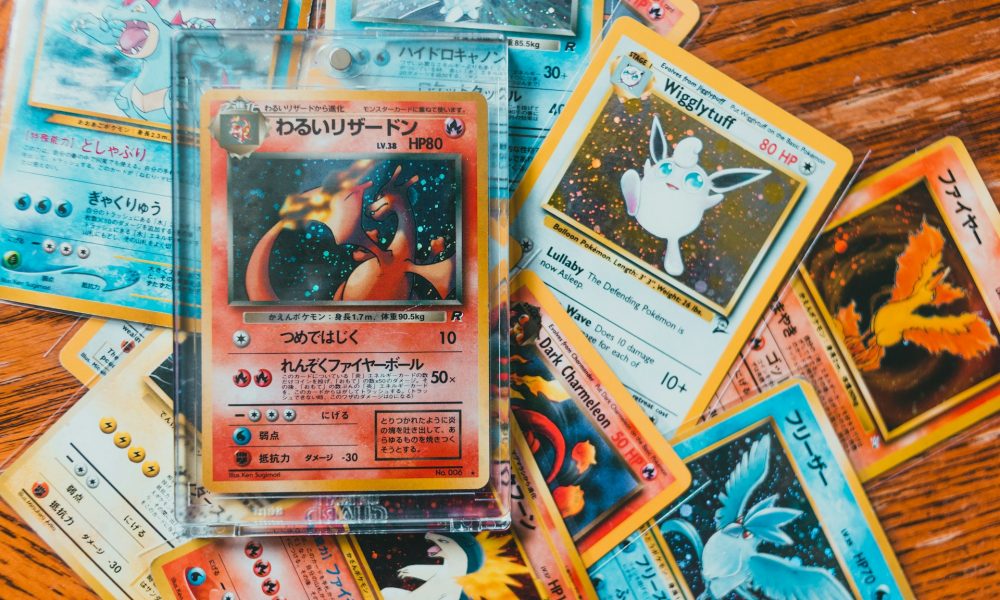
Why Do Pokémon Cards Outperform the S&P 500 As an Investment?

Pokémon cards have outperformed the stock market by a mile. Since 2004, they have delivered a staggering 3,821% return, according to analytics firm Card Ladder. In comparison, the S&P 500 managed just 483%. Pokémon cards didn’t just edge out Wall Street. In fact, they smoked it.
Even tech giants couldn’t keep up. Meta Platforms, one of the top-performing stocks since its 2012 IPO, has grown 1,844%. Pokémon cards? More than double that. This is backed by years of real, traceable data and driven by serious collector demand.
The Rise of Pokémon Card Investing
The value surge started quietly, but the real boom happened during the COVID-19 pandemic. People stuck at home rediscovered old hobbies, and collections came out of closets. With stimulus money in hand and nowhere to go, collectors turned nostalgic, and prices exploded.
By the end of the pandemic, many rare cards hit all-time highs. It wasn’t just kids or nerdy collectors anymore. It was millennials with money. And a lot of them remembered exactly how badly they wanted that shiny Charizard when they were eight.
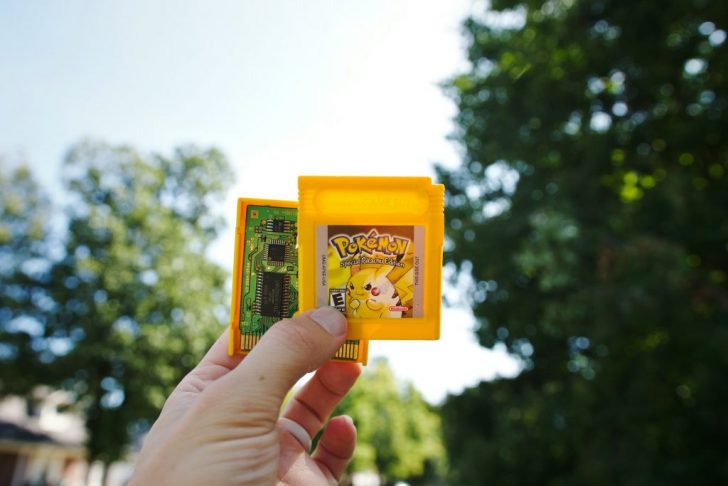
Brad / Pexels / After the COVID-19 pandemic, Pokémon cards saw a massive surge. That surge has been consistent since then.
Not all Pokémon cards are goldmines. Condition is everything. Cards graded PSA 10, or “mint condition,” pull in the highest prices. A first-edition Charizard in PSA 10 sold for $150,000.
Even a lower-graded version holds solid value. A PSA 7 first-edition Charizard still goes for around $13,000 to $14,000. That is more than a used car. The older the card and the cleaner the condition, the higher the ceiling.
Sealed Packs Are Money!
It is not just about singles. Sealed vintage packs, especially from the late 1990s, can fetch thousands of dollars. The appeal? Mystery. They are untouched time capsules. And in some cases, they might contain ultra-rare cards inside. But opening them is a gamble. Many investors keep them sealed to preserve value.
These packs are a piece of history. They carry that ‘what if’ magic, and that makes collectors open their wallets.
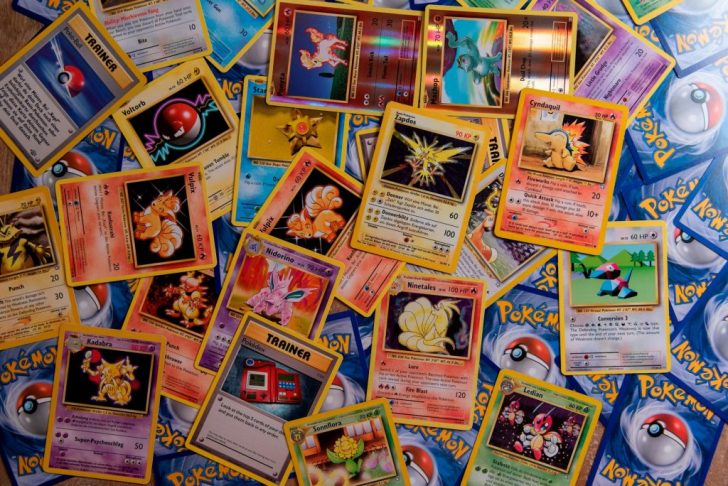
Thimo / Unsplash / Some of this boom comes from the same meme-stock mindset that sent GameStop to the moon. Collecting became cool again. Everyone wanted a piece of the action.
Influencers like Logan Paul poured gasoline on the fire, flashing rare cards on YouTube and Instagram.
How to Track and Authenticate Pokémon Cards
With big money involved, fakes are everywhere. Authentication is non-negotiable. If you are buying or selling, stick with PSA-graded cards or trusted platforms like SNKRDUNK and eBay’s verified listings. These protect you from counterfeit cards that look shockingly real.
For pricing, tools like PokeDATA offer real-time values for individual cards and sealed products. eBay’s sold listings also show what people are actually paying. Together, these make it easier to track the market like a pro.
If you are thinking about getting in, focus on singles, not sealed booster packs. Booster packs are a gamble. You might pull something great, or you might end up with junk. It is better to target specific high-value cards. Think first editions, promos, or iconic characters like Pikachu and Charizard.
Pokémon cards aren’t just a fringe hobby anymore. GameStop’s collectibles segment brought in $227 million in Q2 2025. That includes a big chunk from Pokémon cards. When a publicly traded company is leaning into cards as a major revenue stream, it shows just how far the market has come.
More in Investments
-
`
Will Bitcoin Crash to $0 or Hit $500K in a Decade?
Bitcoin’s future divides analysts into two extreme camps. Some see it becoming one of the most valuable financial assets in history....
October 12, 2025 -
`
Can Anyone Really Blame Mariah Carey for ‘Leaving’ the Real World?
Mariah Carey isn’t like the rest of us. From the moment she opens her mouth and that voice pours out, she...
October 10, 2025 -
`
Intel Invests in Nvidia, but Ratings Remain Unchanged
Intel’s stock jumped more than 30% after news broke that Nvidia poured $5 billion into the company. The rally sparked renewed...
October 5, 2025 -
`
Homeownership vs. Real Estate Investment: What’s Better?
Homeownership has long been seen as the American dream. But today, more people are asking: Is it really the smartest way...
October 3, 2025 -
`
Why the Armani Fashion Empire Is Set for an IPO
Giorgio Armani, one of the most iconic names in global fashion, left behind a detailed plan for the future of his...
September 27, 2025 -
`
America’s Billionaires Get Older—Millennials Wait for Wealth Transfer
Many of today’s billionaires don’t match the youthful tech-founder image often portrayed. While names like Elon Musk, Sam Altman, and Mark...
September 21, 2025 -
`
Can President Trump Legally Fire Fed Governor Lisa Cook?
Lisa Cook is right in the middle of one of the most explosive legal battles in Washington. President Trump wants her...
September 20, 2025 -
`
Jeff Bezos’ Advice for Millennials Who Want Financial Success
Millennials today have grown up in a world where instant access to products and services is the norm. From two-day deliveries...
September 13, 2025 -
`
Maison Margiela’s First-Ever Celebrity Campaign Stars Miley Cyrus
Miley Cyrus just changed the rules again. In August 2025, she became the first celebrity ambassador in Maison Margiela’s 37-year history....
September 12, 2025

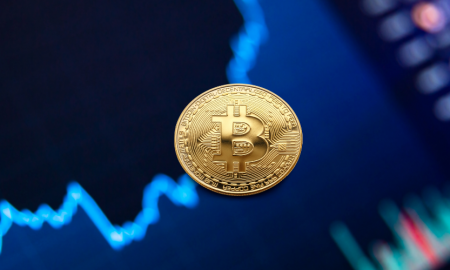

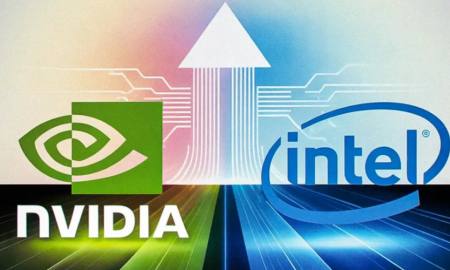



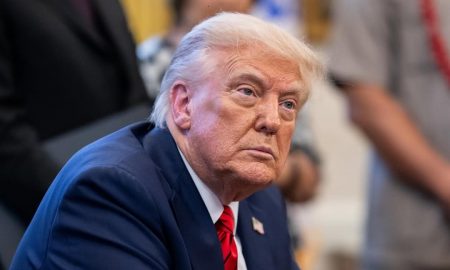
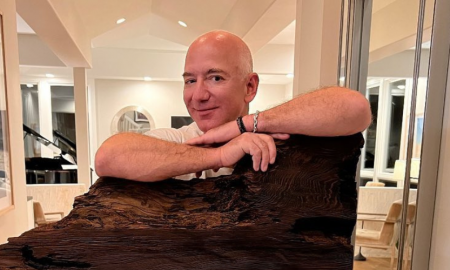



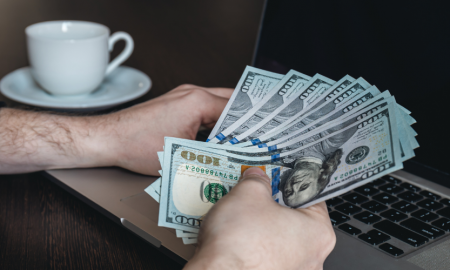


You must be logged in to post a comment Login